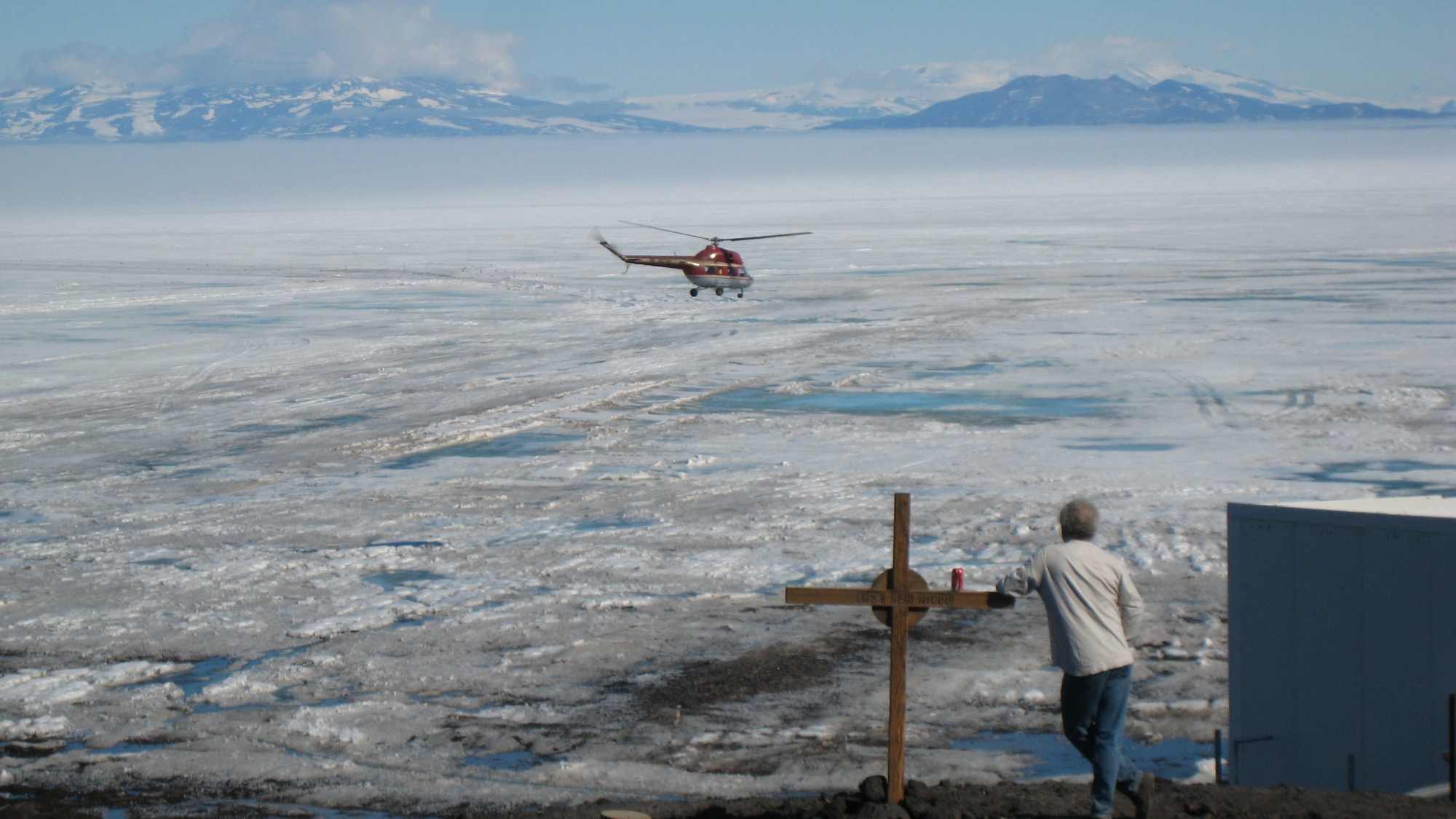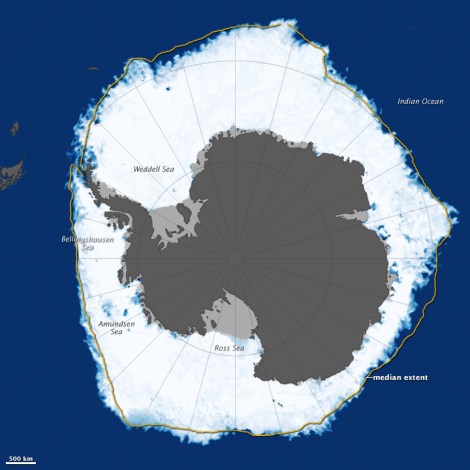While ice cover in the Arctic continues its downward spiral, something counterintuitive is happening in the Antarctic.
The thin crust of sea ice floating around Antarctica expanded this year to cover more of the Southern Ocean than ever before recorded: 7.518 million square miles. That broke the previous record of 7.505 million square miles, which was set just last year, according to NASA.
“We set a record high winter maximum,” Walt Meier, a NASA glaciologist, said in announcing the findings. “Even though it is a record high, it is only 3.6 percent above the 1981 to 2010 average maximum.”
This phenomenon is known as the “paradox of Antarctic sea ice.” It’s the kind of thing that delights climate deniers eager to point blindly at things and say they mean the planet isn’t warming, despite all other signs to the contrary. Unfortunately, nice though that would be, the Antarctic sea ice is not expanding because global warming has magically ended. NASA points out that there are many factors at play:
While researchers continue to study the forces driving the growth in sea ice extent, it is well understood that multiple factors — including the geography of Antarctica, the region’s winds, as well as air and ocean temperatures — all affect the ice.
Increasing snowfall and strengthening westerly gusts are also factors, as University of Tasmania sea-ice scientist Guy Williams explains in The Conversation. And as continental ice and icebergs melt, they may be lowering ocean temperatures, helping the layer of ice form on the sea’s frigid surface.
Willians also points out that it actually isn’t even clear whether the total amount of Antarctic sea ice is expanding. Researchers don’t know how think the layer of ice is or how much volume it holds. At least for now, scientists can only reliably measure its surface area.
“While the increase in total Antarctic sea ice area is relatively minor compared to the Arctic, it masks the fact that some regions are in strong decline,” Williams writes. “Given the complex interactions of winds and currents driving patterns of sea ice variability and change in the Southern Ocean climate system, this is not unexpected. But it is still fascinating to study.”





